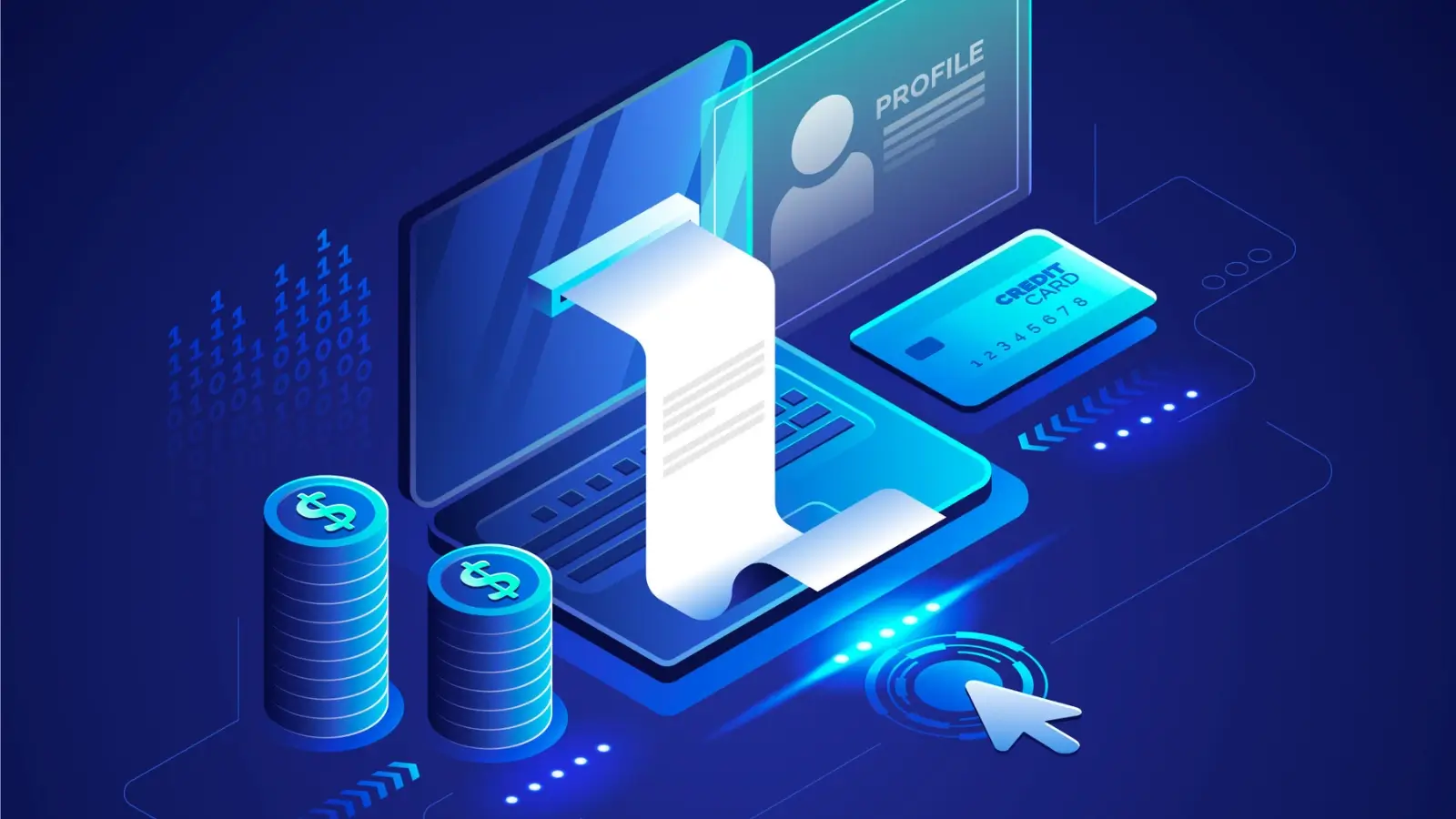


In 2025, digital payments are more embedded into products than ever before — from e-commerce platforms and mobile wallets to B2B SaaS billing systems. While many startups and enterprises begin with third-party solutions like Stripe, PayPal, or Adyen, growing companies often reach a point where those tools become limiting: high transaction fees, limited customization, poor control over user data, or regional restrictions.
That’s why more businesses — especially those operating in fintech, e-commerce, or multi-vendor marketplaces — are investing in custom payment gateways. These systems, when designed right, offer full control over transaction flow, improved margins, and the ability to innovate on the user experience.
That’s where working with a seasoned team like Agilie’s payment software development services makes a difference. With years of experience delivering secure and scalable payment infrastructure, Agilie helps businesses go from idea to implementation — faster and with fewer risks.
We will be examining what the major elements of a custom payment gateway are, what needs to be considered when integrating and ensuring compliance, technology stacks, and what one should be prepared to involve the team of a partner service, specialized in payment development.
The issue of security, compliance, performance, integration complexity and scalability kicks in. As far as regulation is concerned, you need to make sure that all layers, including the user interface and the settlement process, are powerful.
Before jumping into development, it’s important to understand what makes up a robust payment gateway system:
A gateway isn’t useful without deep integration into the financial ecosystem. Here’s what’s required:
Payment systems are among the highly regulated systems in the world and that is not without purpose. Sensitive information, financial activities and user identity are valuable targets to fraudsters. The important compliance considerations are:
Security-wise, best practices include:
In the case of fund transfer, you will require identity verification, risk scoring and monitoring of transactions to meet the requirement of anti-money laundering.
Scalability should be planned from the beginning. Monitor and optimize for:
Developing a custom payment gateway isn’t something you should leave to a generalist team. You need a partner that has:
That’s where payment software development services by Agilie come in. With over a decade of experience building secure, scalable fintech systems, Agilie helps companies cut time-to-market, avoid pitfalls, and build payment infrastructure that lasts. Whether you need a white-label gateway or a fully bespoke payment engine, Agilie offers end-to-end expertise — from architecture to compliance and support.
The creation of the custom payment gateway in 2025 is another wise exposure to businesses that require control, efficiency, and scalability in its financial processes. It is a resource-strenuous undertaking, but proper architecture, compliance and development partners are the keys.
As fintech ecosystems continue to evolve, owning your payment stack isn’t just an option — it could become your competitive edge.